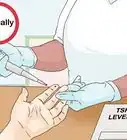This article was medically reviewed by Janice Litza, MD and by wikiHow staff writer, Hannah Madden. Dr. Litza is a board certified Family Medicine Physician in Wisconsin. She is a practicing Physician and taught as a Clinical Professor for 13 years, after receiving her MD from the University of Wisconsin-Madison School of Medicine and Public Health in 1998.
There are 19 references cited in this article, which can be found at the bottom of the page.
This article has been viewed 24,652 times.
Since hormones are so important to your health, it’s understandable to be worried about your hormone levels to track fertility, test your testosterone levels, or track menstrual problems. While it’s best to get your hormones tested at a doctor’s office, you can use at-home kits that you send to a lab or ovulation testing that you evaluate at home. Talk to your doctor about your test results or if you’re worried about your hormone levels to get a professional opinion.
Steps
Using an At-Home Saliva Kit
-
1Pick a reliable, FDA-approved test. The FDA, or the U.S. Food and Drug Administration, monitors all test kits and makes sure they are safe to use. Choose a test from a lab near you that is FDA-approved to ensure you are purchasing the best kit.[1]
-
2Prepare the night before by washing your face and avoiding moisturizer. The evening before you plan to take your samples, wash your face thoroughly. Skip putting on lotions or creams that 24 hours before the test, as they could interfere with the results.[4]
- You can use a mild cleanser to wash your face like you normally would.
Warning: If you are using topical hormone treatments, do not use them 12 to 24 hours before using your test kit.
Advertisement -
3Collect your saliva on days 19 to 23 of your cycle if you get a period. Track your cycle and count the first day of your period as day 1. Try to use your saliva test kit between days 19 and 23 for the most accurate results.[5]
- If you take hormone supplements, you can continue taking them like normal.
-
4Take your saliva any day of the month if you don’t get a period. If you have not gone through puberty yet, have gone through menopause, or you don’t get periods in general, you can use your test kit on any day of the month. Your hormone levels will be the same throughout the entire month.[6]
-
5Avoid eating or brushing your teeth 30 minutes before collecting a sample. Toothpaste and food can all interfere with the results of the test. You can drink water, but try not to put anything else in your mouth before you take your sample.[7]
- If your mouth bleeds from flossing, it can also skew the results.
-
6Rinse your mouth out and wash your hands before you take your sample. Swish warm water around your mouth to gently clean out any particles of food leftover. Wait for about 10 minutes after you rinse to take your sample. Then, wash your hands with soap and water and pat them dry with a clean towel.[8]
-
7Take each sample at the time the kit tells you to. Check the instructions in your test kit to find out when you need to provide your other samples. Most kits ask that you spit into a tube in the morning, before lunch, before dinner, and before bedtime. Make sure your hands and mouth are clean every time before you take a sample.
- Set reminders on your phone if you are worried that you’ll forget to take your samples.
- After you take your morning sample, you can eat breakfast and brush your teeth.
- Your test will tell you exactly when you need to take samples. Generally, you'll take them after waking up, before lunch, before dinner, and before bedtime.
-
8Spit into the tube until it’s 3/4 full, then seal it. Start spitting in the tube at the designated time of your sample. Sometimes, the company will provide straws to help aim your saliva into the tube. Put the lid on the tub and make sure it is airtight.[9]
- Let saliva build up in your mouth for a few minutes before you try spitting.
- This process can take 10 to 30 minutes.
-
9Label the samples and package them up. If the company has an identification number for you, you may need to put that on the label as well. Use a permanent marker so your label doesn’t wear off.[10]
- You may also have to fill out some paperwork about your sample. Check in your test kit to find out what you need to complete.
- Some kits ask you to freeze your samples after you seal them up. Look on your kit’s instructions to find out if you need to do so.
- Results may come by email or in the mail, depending on the company.
-
10Find out your bioavailable hormone levels with your results. Most saliva test kits are testing for your bioavailable hormones, or the ones that are available for your body to use. Depending on your kit and what you are looking for, your results may give you your estrogen levels, your testosterone levels, or more specific hormones that your doctor requested. Compare your levels to the average readings provided in your results, and talk to your doctor if you have any questions.[11]
- If your results are less or more than average, take them to a doctor to talk about your next steps.
Taking a Blood-Spot Test
-
1Buy a reliable, FDA-approved kit. The FDA also monitors blood-spot kits to ensure they are safe to use and manufactured in a safe environment. Check on the box of your test kit to make sure it comes from a reputable source.[12]
- ZRT Industries is a lab that makes FDA-approved blood-spot tests.
-
2Take your sample on day 19 to 21 of your cycle if you get a period. Count the first day of your period as day 1 of your cycle, then track the rest of the month to figure out when day 19 to 21 is. If you do not get a period, you can take your sample on any day of the month.[13]
-
3Take your sample any day of the month if you don’t get a period. If you do not get a period at all, you can use your blood-spot test kit any time that you’d like to. Your hormone levels will be the same no matter what time of the month it is.[14]
-
4Wash your hands thoroughly with soap and water. Before beginning the collection process, make sure your hands are clean. Wash them with soap and water, scrubbing for at least 20 seconds before rinsing. Pat your hands dry with a clean towel.[15]
Warning: If you use topical hormones, don’t apply them for 8 hours before you use your kit. The topical hormones can mix with the blood on your finger and skew the results of the test.
-
5Sterilize your finger with an alcohol wipe. The kit should come with an alcohol wipe to clean your finger. Remove it from the packaging and rub it on the inside tip of the finger you plan to prick, then allow your finger to dry.[16]
-
6Prick your finger with the lancet. Take the cap off the lancet and place the tip of it up against the spot that you just sterilized. Press down on the lancet towards your finger until it clicks, which will stick your finger.[17]
- The lancet is small, so it won’t hurt your finger too much.
-
7Collect the sample by touching your blood to the card. When you first see blood, wipe away the drop with the sterile gauze. Next, squeeze on your finger to bring out more blood. Place a drop on the collection card within one circle by touching the end of the drop to the card. Try not to touch the card with your finger.[18]
- The blood should fill up at least 3/4 of each circle.
-
8Add a drop of blood on each circle of the card. Continue gently squeezing down towards your finger to pull out more blood. Add a drop for every circle on the card. If your blood slows down, rub the area with sterile gauze to help get it flowing again.[19]
- Prick another finger in the same spot with the second lancet if the first one stops bleeding.
-
9Let the blood dry for at least 30 minutes. Leave the card open to dry. It should dry for at least half an hour, but longer is better. You can let it dry overnight if you prefer. Don't close the flap until the blood has dried.[20]
-
10Label the card, then seal up and mail the sample. Include your name, the date, and the time of day on the sample card. Then, pull the flap on the card over the blood spots. Package up the sample in the provided box and fill out the form that came with the package. Put it in the envelope, and apply the label to mail it back.[21]
- Mail your package within 55 days so the results aren’t skewed.
- You may get your results in the mail or by email, depending on the company.
-
11Find out your hormone levels based on your results. You may be testing for estrogen, testosterone, or other specific hormones requested by your doctor. Compare your results to the averages provided in your results sheet and talk to your doctor if you have any questions.[22]
Doing a Urine Test
-
1Talk to your doctor about doing a urine test. Most urine test kits are provided by your primary care doctor. Make an appointment to see your doctor and ask if you can do a urine test to track your hormone levels. They will give you the necessary supplies and instructions.[23]
-
2Empty your bladder in the morning into the toilet. When you first wake up, use the restroom like you normally would and flush your initial urine down the toilet. Since that urine has been sitting in your bladder for so long, it could skew the results of any tests, so it should not be saved.[24]
-
3Urinate into the provided containers over the next 24 hours. Use the containers given to you by your doctor to save your urine every time you have to use the restroom. Keep doing this for 24 hours and make sure each sample is sealed with the label filled out.[25]
Tip: Depending on your healthcare provider, you may need to write down the day and time of collection as well as your name.
-
4Store your urine in the fridge to keep it cool. Don’t let your urine sit out at room temperature. Instead, put it in your fridge or keep it in a separate cooler with ice in it so your urine stays fresh and doesn’t spoil.[26]
- Keeping your samples cool will also reduce any smell they may give off.
-
5Return the samples to your healthcare provider. Package up your samples in the container that your healthcare provider gave to you. Give your samples to your healthcare provider as soon as the 24 hours are up so they can begin testing them right away.[27]
- Your doctor will talk to you about your results when they come in and how to interpret them.
When to Seek Medical Care
-
1Get a doctor to help you interpret your hormone test results. While some tests provide you with an explanation of your results, they aren’t always easy to understand. To make sure you get the best information, talk to your doctor about your results and what they mean. Then, listen to your doctor’s advice about the test results.[28]
- Tell your doctor about your specific concerns about your hormone levels.
Tip: Bring your results to the doctor’s office so your doctor can look over them.
-
2Talk to your doctor if you’re worried you have a hormone disorder. Hormones are very important, so even a small imbalance can cause health issues. If you think you have a hormone disorder, visit your doctor to discuss your concerns. They’ll make sure you get treatment if you need it.[29]
- For instance, diabetes, polycystic ovary syndrome (PCOS), hirsutism, menopause, hypogonadism, erectile dysfunction (ED), and gynecomastia are all hormone disorders.[30]
-
3Visit your doctor if you’ve been trying to conceive for 1 year. Ovulation testing can help you find the right day of the month to try to conceive. If this isn’t helping you get pregnant, talk to your doctor to find out what you can do to improve your chances of having a baby. They may offer you advice to boost your chances or fertility treatments to help you.[31]
- If you’re 35 or older, talk to your doctor after trying to conceive for 6 months. If you’re older than 40, consult your doctor as soon as you start trying to conceive.
-
4Ask your doctor if you need a hormone supplement for low hormones. If you have low hormone levels, your doctor may offer you a hormone supplement. This isn’t always necessary, but it can relieve your symptoms if low hormones are a problem for you. Talk to your doctor to find out if you need a hormone supplement.[32]
- Some hormone supplements have side effects, so talk to your doctor about the risks and benefits of your hormone supplement.
Warnings
- Always use your test kit in a clean environment to avoid contamination.⧼thumbs_response⧽
- If you have any questions or concerns about your hormone levels, talk to your doctor.⧼thumbs_response⧽
References
- ↑ https://www.fda.gov/medical-devices/home-use-tests/ovulation-saliva-test
- ↑ http://www.aetna.com/cpb/medical/data/600_699/0608.html
- ↑ http://files7.webydo.com/91/9145884/UploadedFiles/0417085E-CBEF-3953-E3C0-C73432A942AC.pdf
- ↑ https://www.diagnostechs.com/2015/08/03/your-questions-about-saliva-hormone-testing-answered/
- ↑ https://www.gdx.net/core/domestic-kit-instructions/Rhythm-Instructions.pdf
- ↑ https://www.diagnostechs.com/2015/08/03/your-questions-about-saliva-hormone-testing-answered/
- ↑ https://medlineplus.gov/lab-tests/cortisol-test/
- ↑ https://www.gdx.net/core/domestic-kit-instructions/Rhythm-Instructions.pdf
- ↑ https://www.gdx.net/core/domestic-kit-instructions/Rhythm-Instructions.pdf
- ↑ https://www.gdx.net/core/domestic-kit-instructions/Rhythm-Instructions.pdf
- ↑ https://medlineplus.gov/lab-tests/estrogen-levels-test/
- ↑ https://www.fda.gov/medical-devices/vitro-diagnostics/home-use-tests
- ↑ https://www.zrtlab.com/media/1139/blood-spot-instructions.pdf
- ↑ https://www.zrtlab.com/media/1139/blood-spot-instructions.pdf
- ↑ https://www.cdc.gov/handwashing/when-how-handwashing.html
- ↑ https://www.who.int/diagnostics_laboratory/documents/guidance/fingerprick.pdf?ua=1
- ↑ https://www.zrtlab.com/media/1139/blood-spot-instructions.pdf
- ↑ https://www.zrtlab.com/media/1139/blood-spot-instructions.pdf
- ↑ https://www.usbiotek.com/dried-blood-spot-collection-instructions
- ↑ https://www.usbiotek.com/dried-blood-spot-collection-instructions
- ↑ https://www.usbiotek.com/dried-blood-spot-collection-instructions
- ↑ https://medlineplus.gov/lab-tests/estrogen-levels-test/
- ↑ https://medlineplus.gov/lab-tests/estrogen-levels-test/
- ↑ https://www.labcorp.com/resource/urine-specimens
- ↑ https://www.labcorp.com/resource/urine-specimens
- ↑ https://www.fda.gov/medical-devices/home-use-tests/ovulation-urine-test
- ↑ https://www.fda.gov/medical-devices/home-use-tests/ovulation-urine-test
- ↑ https://www.mayoclinic.org/diseases-conditions/perimenopause/diagnosis-treatment/drc-20354671
- ↑ https://www.news-medical.net/health/What-are-Hormones.aspx
- ↑ https://my.clevelandclinic.org/health/diseases/17464-sexual-hormone-disorders-descriptions
- ↑ https://www.mayoclinic.org/diseases-conditions/infertility/symptoms-causes/syc-20354317
- ↑ https://medlineplus.gov/endocrinediseases.html
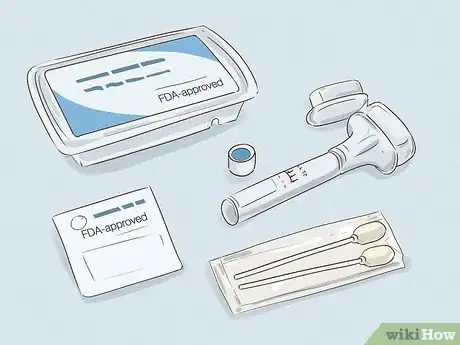

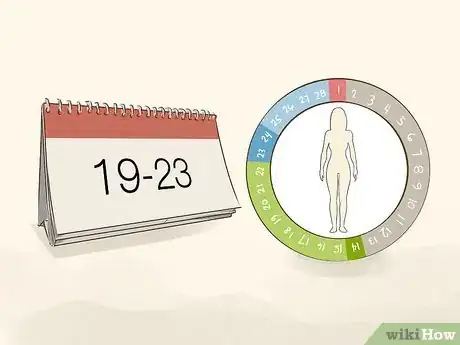
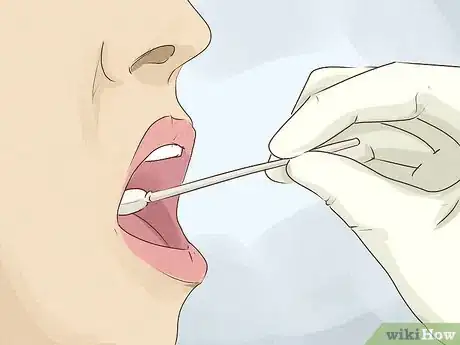
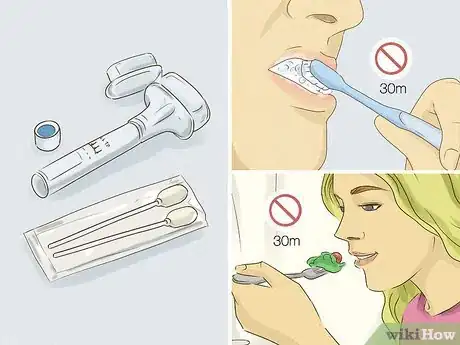

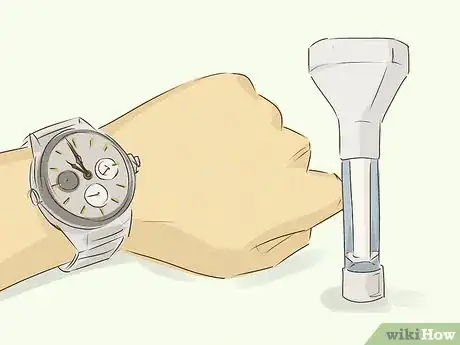
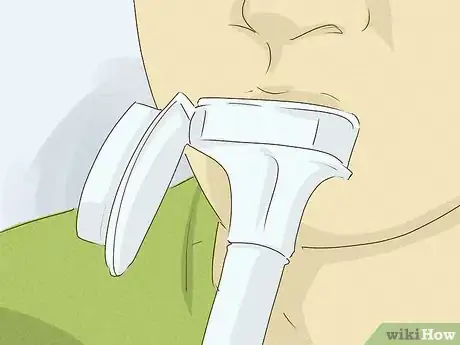
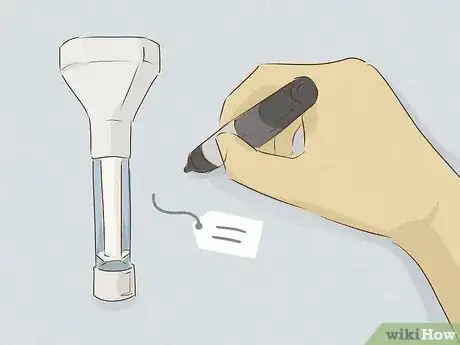

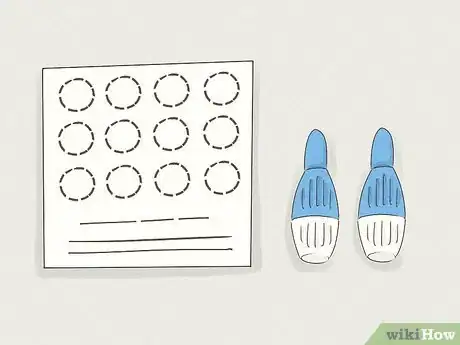
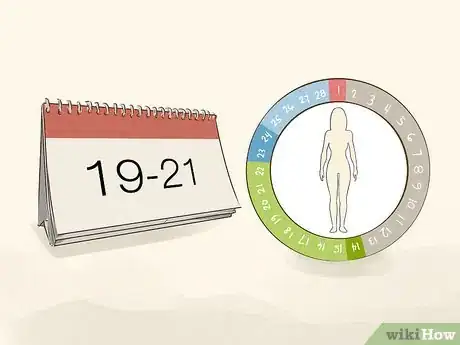
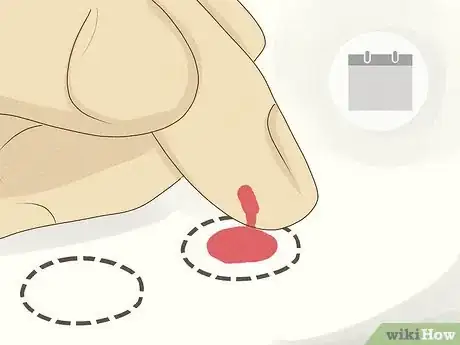

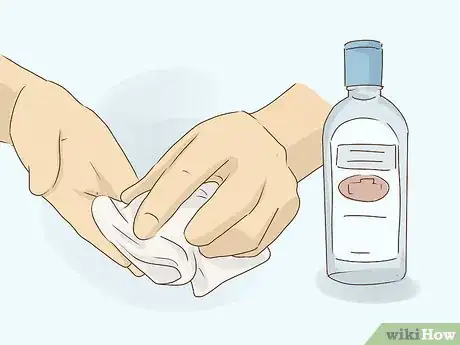
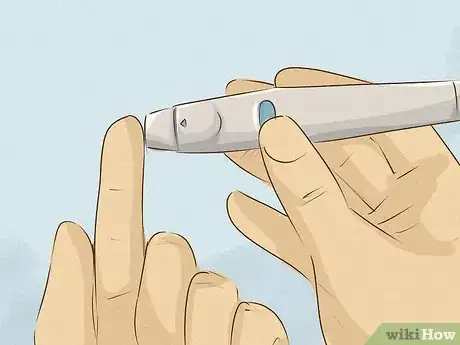
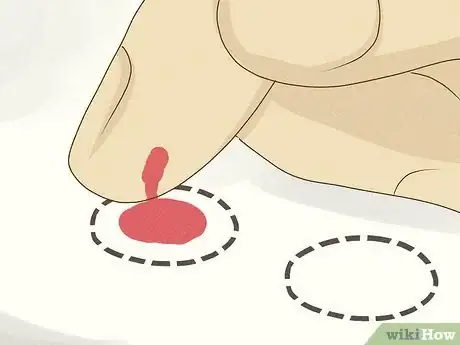

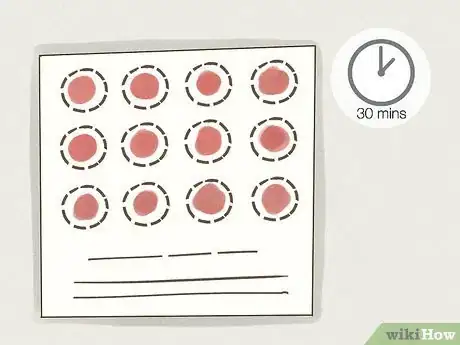
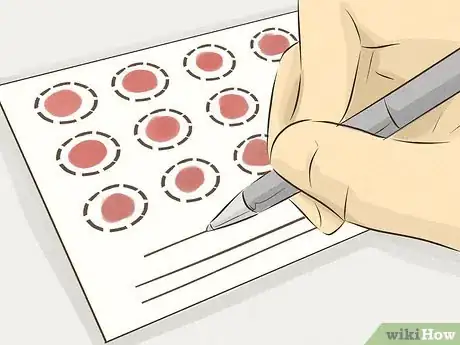



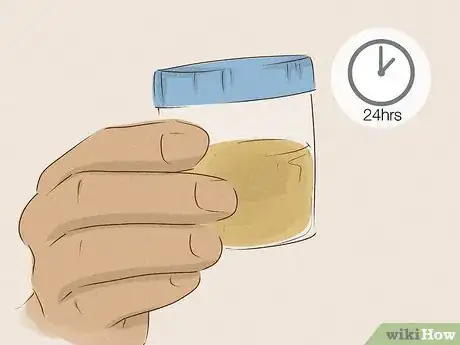
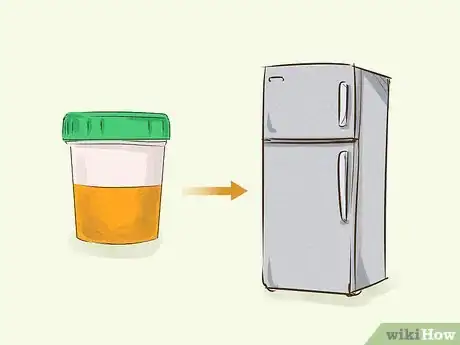




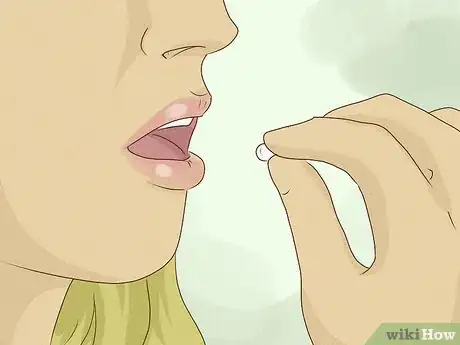












-Step-12-Version-2.webp)








